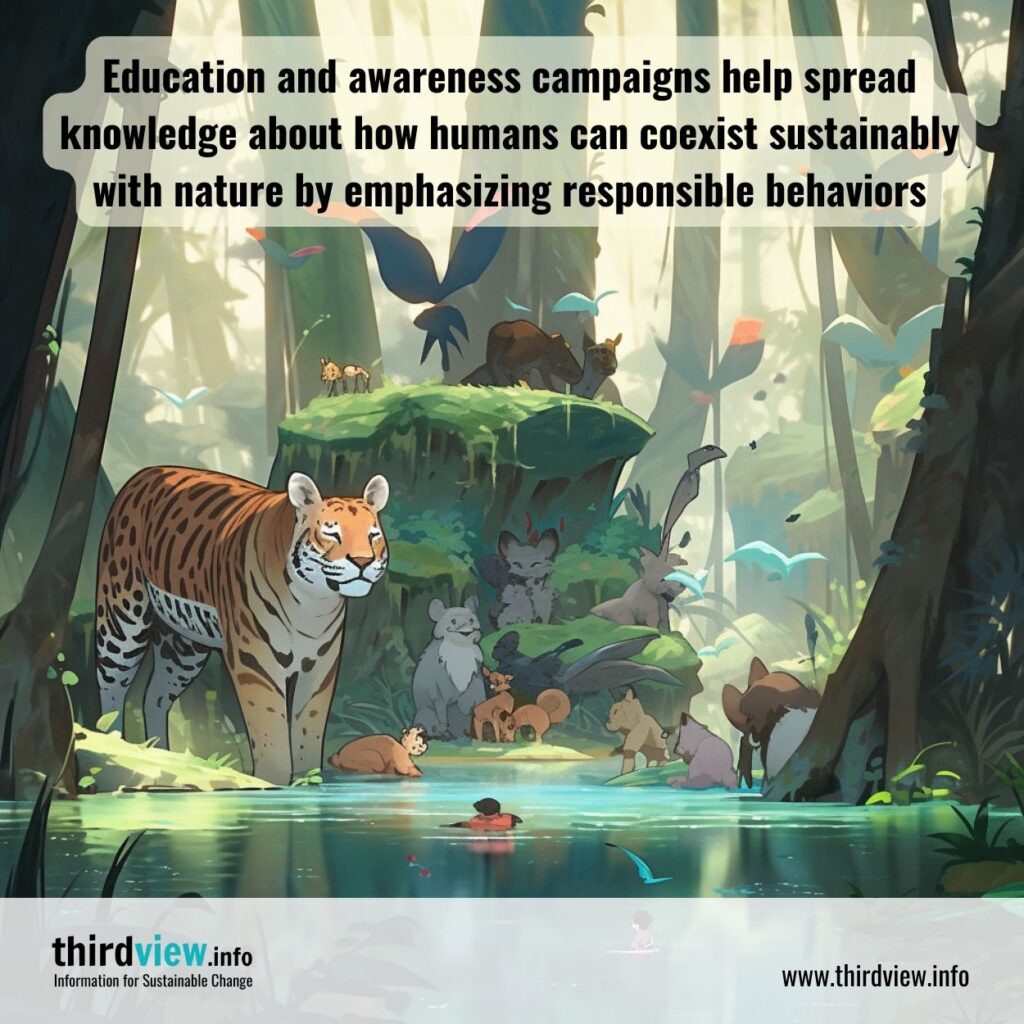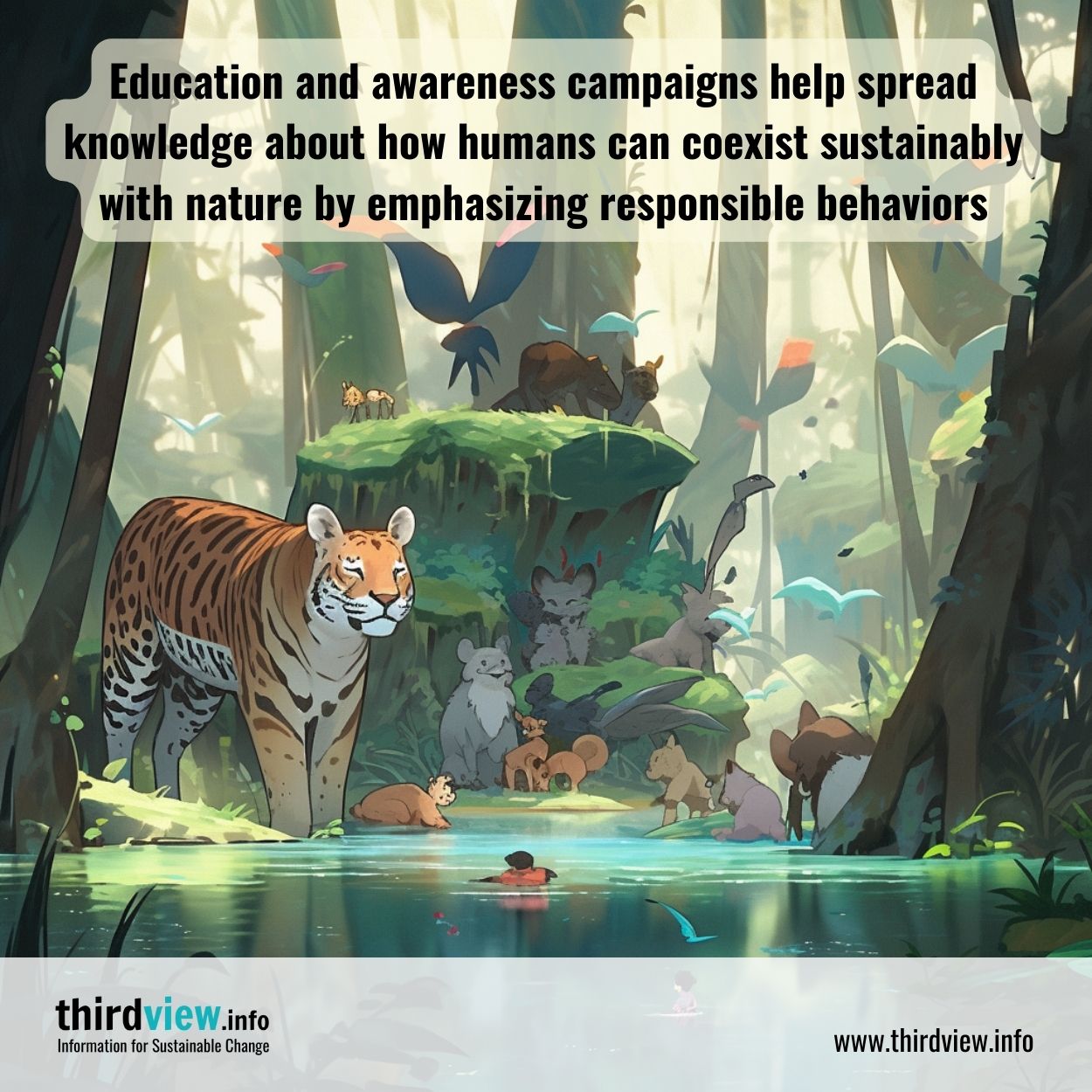As the world’s population continues to grow, so too does the demand for natural resources. Unfortunately, this has led to over-exploitation of our ecosystems which is causing an alarming rate of species extinction. Thankfully, there are a number of strategies that can be used to protect biodiversity and prevent further damage to our environment. Let’s take a look at five of them.
- Sustainable Agriculture Practices: Sustainable agriculture practices help reduce the impact that intensive farming can have on the environment by focusing on crop rotation and reducing or eliminating the use of synthetic fertilizers or pesticides. This helps reduce soil erosion while also promoting healthy soil fertility which in turn encourages food security while preserving local wildlife populations.
- Eco-tourism Development: Eco-tourism is a form of tourism focused on conservation and sustainability which helps bring economic benefits to local communities while also preserving natural habitats and protecting endangered species. It encourages people to become more aware of their impact on the environment and supports conservation efforts without sacrificing financial gain for local communities.
- Reforestation Programs: Reforestation programs are focused on restoring native vegetation in deforested areas by planting trees or shrubs that are native to the area. This helps restore habitat for native wildlife species as well as providing valuable carbon sequestration benefits that help combat climate change effects such as rising sea levels or desertification.
- Protected Areas Management: Protected areas management involves setting aside land that cannot be developed or used for commercial purposes in order to preserve key habitats or ecosystems from development threats such as mining, deforestation, or urbanization. This is often done through government legislation which establishes specific boundaries around protected areas where activities like hunting or fishing are prohibited in order to promote biodiversity conservation efforts within these designated spaces.
- Education and Awareness Campaigns: Education and awareness campaigns help spread knowledge about how humans can coexist sustainably with nature by emphasizing responsible behaviours like waste reduction, energy efficiency, and water conservation strategies. These campaigns often target vulnerable populations such as children who may not yet understand the importance of preserving our planet’s natural resources so that future generations can enjoy them too.
Preserving biodiversity is essential if we want future generations to have access to a healthy planet full of diverse life forms and intact ecosystems capable of sustaining us all into the future. Fortunately, there are a variety of strategies we can use today to promote biodiversity conservation efforts including sustainable agriculture practices, eco-tourism development, reforestation programs, protected area management schemes, and education/awareness campaigns targeting vulnerable populations, particularly children. By implementing these measures now, we can ensure that our planet remains healthy for years to come.


